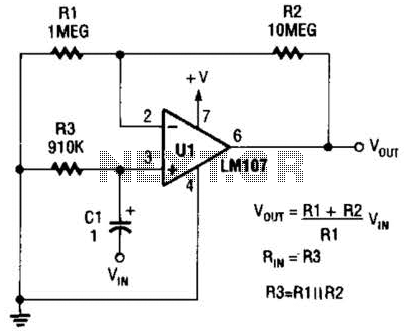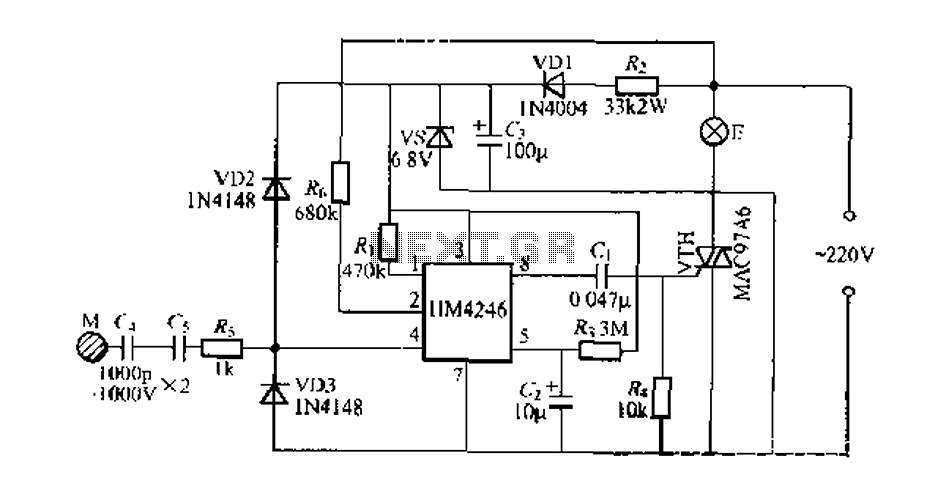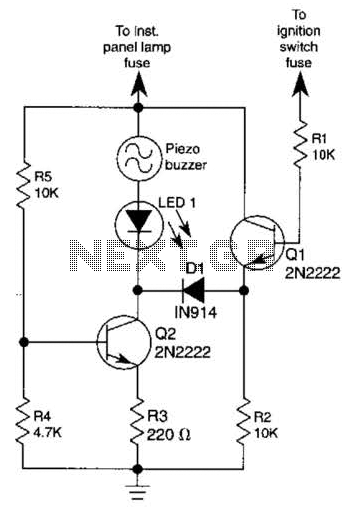
Configurable Power Supply Circuit

The adjustable power supply can be reconfigured by changing the value of V2 and enhancing other components as needed. The output voltage is calculated using the formula Vnm = 1.25 (1 + R2/R^). Additionally, R2 can be modified as required.
The adjustable power supply circuit is designed to provide a variable output voltage based on the configuration of specific components. The core of this circuit typically employs a voltage reference and an operational amplifier (op-amp) in a feedback arrangement. The formula for the output voltage, Vnm = 1.25 (1 + R2/R^), indicates that the output voltage can be adjusted by varying the resistor R2, while R^ represents a fixed resistor in the circuit.
The voltage reference, often a precision device, ensures that the output remains stable despite variations in load current or input voltage. The op-amp amplifies the difference between the reference voltage and the feedback voltage derived from the output, thus maintaining the desired output level.
To enhance the performance of the adjustable power supply, other components may need to be beefed up. This can include capacitors for filtering, which reduce ripple voltage and improve transient response, as well as inductors or additional resistors that may be used to stabilize the output or adjust the response time of the circuit.
In practical applications, the ability to adjust R2 allows for a wide range of output voltages, making the power supply versatile for various electronic projects. Proper selection of R2 is crucial, as it directly influences the output voltage range and the stability of the supply. Additionally, ensuring that all components are rated for the intended load current and voltage is essential for reliable operation.
Overall, this adjustable power supply circuit is a fundamental design that can be tailored for specific requirements by modifying key components, thus providing flexibility for different electronic applications. The adjustable supply can easily be reconfigured by altering the value of V2 and beefing up some other components, as is necessary. The output voltage is given by Vnm = 1.25 (1 + R2!R^). R2 can be changed, as is necessary. 🔗 External reference
The adjustable power supply circuit is designed to provide a variable output voltage based on the configuration of specific components. The core of this circuit typically employs a voltage reference and an operational amplifier (op-amp) in a feedback arrangement. The formula for the output voltage, Vnm = 1.25 (1 + R2/R^), indicates that the output voltage can be adjusted by varying the resistor R2, while R^ represents a fixed resistor in the circuit.
The voltage reference, often a precision device, ensures that the output remains stable despite variations in load current or input voltage. The op-amp amplifies the difference between the reference voltage and the feedback voltage derived from the output, thus maintaining the desired output level.
To enhance the performance of the adjustable power supply, other components may need to be beefed up. This can include capacitors for filtering, which reduce ripple voltage and improve transient response, as well as inductors or additional resistors that may be used to stabilize the output or adjust the response time of the circuit.
In practical applications, the ability to adjust R2 allows for a wide range of output voltages, making the power supply versatile for various electronic projects. Proper selection of R2 is crucial, as it directly influences the output voltage range and the stability of the supply. Additionally, ensuring that all components are rated for the intended load current and voltage is essential for reliable operation.
Overall, this adjustable power supply circuit is a fundamental design that can be tailored for specific requirements by modifying key components, thus providing flexibility for different electronic applications. The adjustable supply can easily be reconfigured by altering the value of V2 and beefing up some other components, as is necessary. The output voltage is given by Vnm = 1.25 (1 + R2!R^). R2 can be changed, as is necessary. 🔗 External reference





